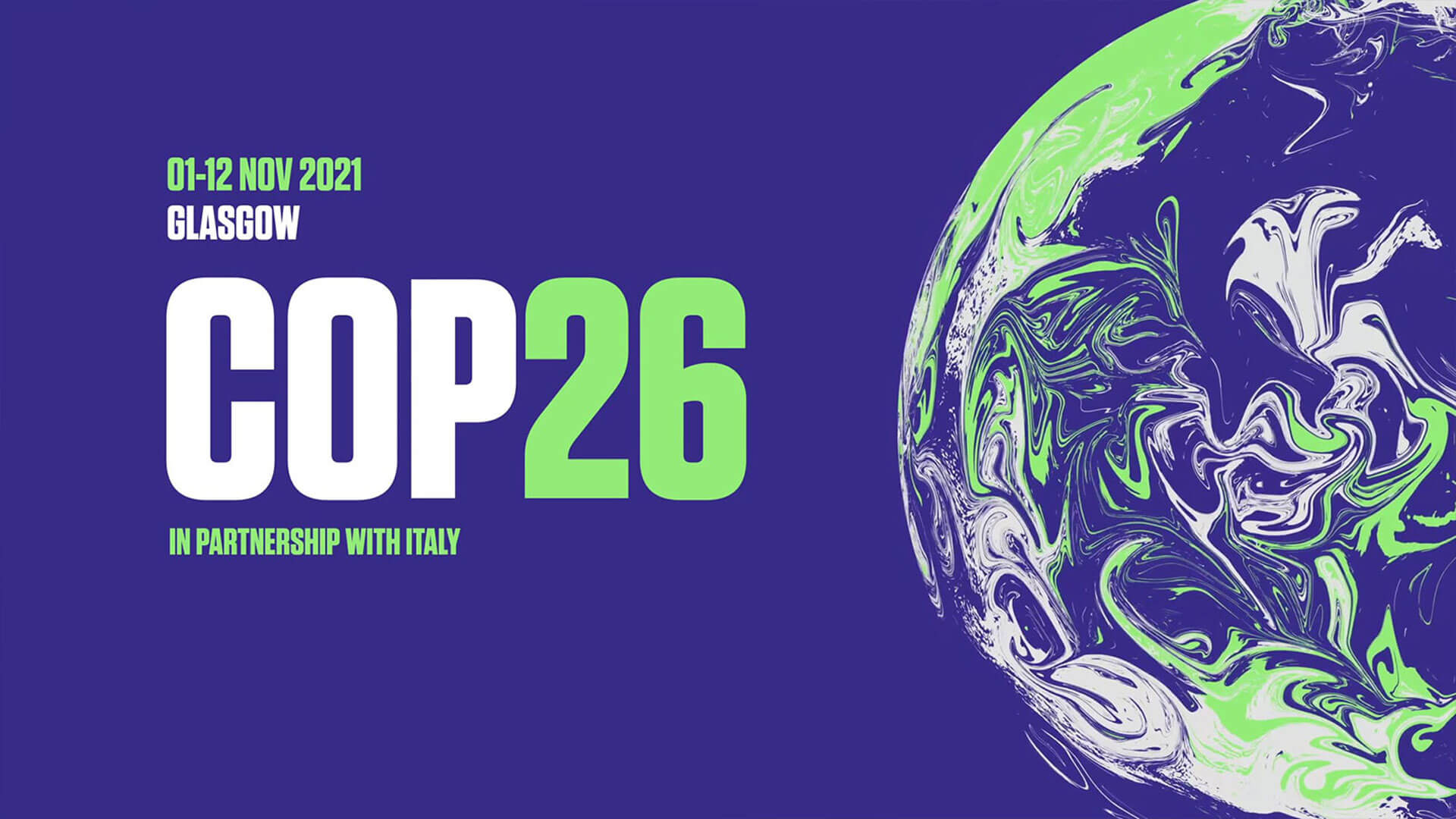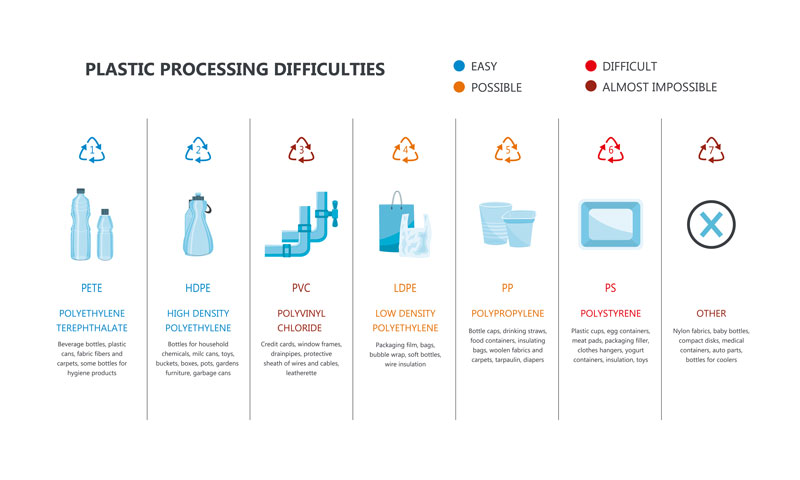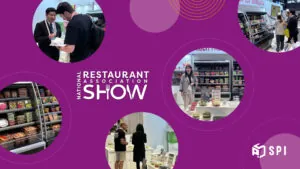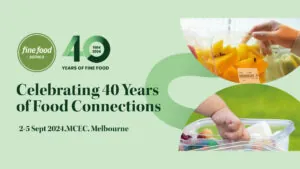Food packaging relies on plastics, but can it support global actions to combat climate change?

COP26 Confirms Global Actions for Sustainability
COP 26 recently confirmed the commitment of global leaders to a range of actions to reduce and mitigate the impacts of climate change. This includes actions for sustainability and environmental protection on land and sea as well as reductions in the use of fossil fuels.
The Significance of Plastic Recycling & Reuse
Plastic recycling and reuse are what people tend to think about when considering environmental impacts of plastic, but this is not the whole story. The impact of plastics as a non-renewable resource that can either harm or protect the environment depends on national, industry, and individual consumer attitudes and actions.
Discarding most plastics into landfill causes serious harm to the environment, and wasting plastics made from fossil fuels accelerates climate change. The forecast trends for plastic ending in landfills or otherwise being disposed of in the environment is not good. According to one study, 12,000 million tons of plastic is predicted to have been discarded into the environment by 2050.
COP26 & Sustainable Plastic Packaging Initiatives
One of the seven key themes for sustainable production and consumption being championed at COP26 by the UK supermarkets is addressing packaging waste. There are four pillars that support sustainable plastic packaging initiatives:
- Recycle
- Reuse
- Reduce
- Biodegrade
Ensuring that new plastic packaging is made of recyclable plastics makes consumer recycling much simpler and more reliable. Other sustainable actions are encouraging reuse of packaging, reducing the weight of material used for packaging and using genuinely biodegradable plastics to reduce the potential harm of discarded waste.
Recycling Plastic Packaging
Many plastics can be easily recycled. Some can be recycled almost indefinitely. An effective recycling program for plastics can clearly contribute to the global reduction of the impacts of climate change.
Recycling is only effective if consumers are encouraged to recycle. It is essential that plastic food packaging manufacturers focus on making products that are made from easily recycled materials, ideally without mixing different plastics in the same packaging.
What plastic packaging is recyclable?

What happens to the plastics that are not recycled?
Reasons for not recycling plastics are often complicated by factors unrelated to the ease with which a plastic can be reused. For example, the desire for very high transparency in food packaging has led to PET being widely used by food packaging manufacturers.
PET is not difficult to recycle, but it is cheap to manufacture and difficult to compress, making PET expensive to transport and less economically attractive for recycling. This makes it the cause of significant landfill waste. Recent innovations in ultra clear polypropylene and other plastics provides the option to use materials that are as transparent as PET but are more economically attractive for recycling.
Reuse of Plastic Packaging
Recent news about sustainable food packaging suggests that recyclable packaging is more environmentally friendly than containers designed only for reuse, as these often end up in landfill. In reality, even though plastic packaging can easily be made to last for a very long time, consumers simply don’t want to keep reusing it as much as they need to if reuse is going to have a significant impact on sustainability.
Reuse is not a secure way of building a sustainable future for plastic packaging, but if all containers are made of easily recycled plastics then encouraging reuse does not do any additional harm, and will have some benefits.
Weight Reduction in Plastic Packaging
Even a small weight reduction in plastic packaging can have an enormous effect on the total volume of plastic being used. If we imagine a food producer who ships 100,000 plastic trays of fresh produce a day, reducing the weight of a single tray by just 1 gramme will save 100kg of plastic a day, or 36.5 tonnes of plastic a year.
Innovative packaging design can reduce packaging weight significantly without reducing strength or affecting functionality and appearance. The problem is that there are very few packaging manufacturers who have the technical capabilities and skills to be able to do this reliably. Achieving optimum weight reduction relies on both excellent design skills and excellent supply chain and quality management to ensure consistency.
Biodegradable Plastic Packaging
The UN and Greenpeace have identified serious failings in the biodegradable plastics manufacturing industries, and a lack of standardisation of certification makes it very difficult for food producers and consumers to judge the accuracy of claims made about biodegradable plastic packaging.
Is Biodegradable Packaging Environmentally Friendly?
The unfortunate answer to this question is both yes, and no. It depends on the manufacturer, the type of plastic and if it needs to be processed in a particular way to make it biodegrade. Most plastics described as ‘biodegradable’ can only be safely broken down at high temperatures and under special conditions. If disposed of in landfill they simply fragment into microplastics.
Biotransformation: The New Frontier in Biodegradable Plastic Packaging
Biotransformation has been developed by the ground-breaking UK company Polymateria, recent winner of a World Economic Forum award for pioneering technology. Biotransformation is the only biodegradation process for plastic packaging that complies with a certified standard for the biological degradation of plastics in the natural environment.
Cycle+ is a food packaging plastic manufactured by adding Polymateria’s biotransformation additive to standard plastic formulations. This enables plastics to be broken down at environmental temperatures by natural processes, resulting in harmless by-products.
The Future of Sustainable Plastic Packaging
It is clear that there are several pathways and approaches we can follow if we are to ensure a sustainable future for plastic packaging. Recycling, reuse, reduction and biotransformation work best as a combined approach that expands the options for sustainable plastic management without allowing harmful plastics to escape into the natural environment.



